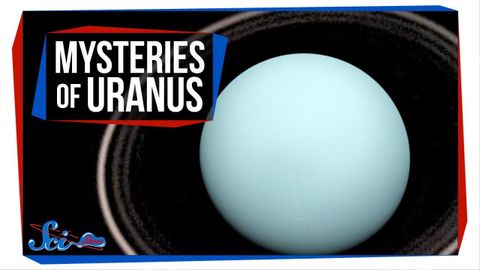什麼打翻了天王星?和其他兩個謎團 (What Knocked Over Uranus? And Two Other Mysteries)
 沒有此條件下的單字
沒有此條件下的單字US /ˈɛpɪˌsod/
・
UK /'epɪsəʊd/
- n.插曲;集;(電視或廣播節目的)一集;事件;一段時期;(疾病的)發作
US /səˈner.i.oʊ/
・
UK /sɪˈnɑː.ri.əʊ/
- v.t./i.出現;估計;我認為〜;認為
- n.身影;(計算過的)數量;肖像;圖;形狀;人物;名人;人影;數字
US /ˌɡærənˈti/
・
UK /ˌɡærən'ti:/
- v.t.保修;保證;保證;法律保障
- n. (c.)(某產品的)保固;保證某事的如期完成;擔保

